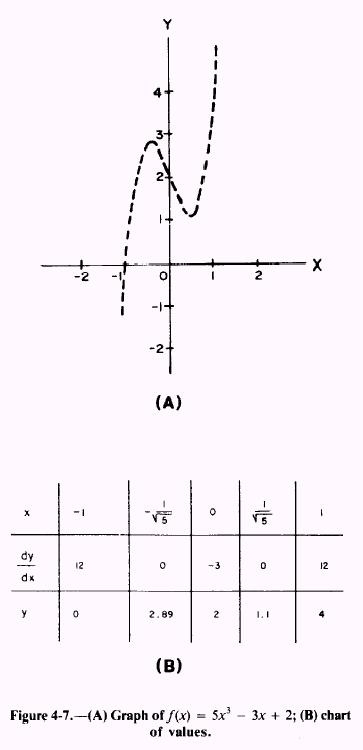

Reception of wireless messages from a moving animal cannot be 100% reliable, but it can come close. Most user of our Subcutaneous Transmitter ( SCT) system use the Event Classifier to analyze their data, as well as some users of other telemetry systems, who translate their recordings into our NDF format so that they can make use of our Event Classifier We describe our latest event-detection metrics in Event Classification with ECP20. The success of the event detection algorithms is founded upon the high fidelity of the recordings we obtain from our SCTs. In order to achieve such a los false positive rate, the EEG recording must be free of movement artifact, devoid of electrical noise, and uninterrupted by wireless reception failure. The probability of a false positive in any one interval must be of order 0.001%. We want to count spikes with a precision of ☐.1 per hour, which means our detection algorithm must generate no more than one false positive per ten hours. We may have two thousand hours of EEG from a dozen animals and we want to count inter-ictal spikes that occur roughly once per hour. We may count these events, measure their duration, or respond to them with a real-time stimulus delivered to the subject animal. Our objective is to detect rare events in continuous recordings.

Labchart reader finding slope differentiate software#
Other programs that run in the LWDAQ Software environment perform data export, power band analysis, and event consolidation. It operates upon signals recorded by subcutaneous transmitters ( SCTs) from live, freely-moving laboratory animals. The Event Classifier in the Neuroplayer Tool provides automatic detection of a wide variety of events in local field potential (LFP) and electroencephalograph (EEG) recordings.

Note: This document was previously entitled "Seizure Detection".


 0 kommentar(er)
0 kommentar(er)
